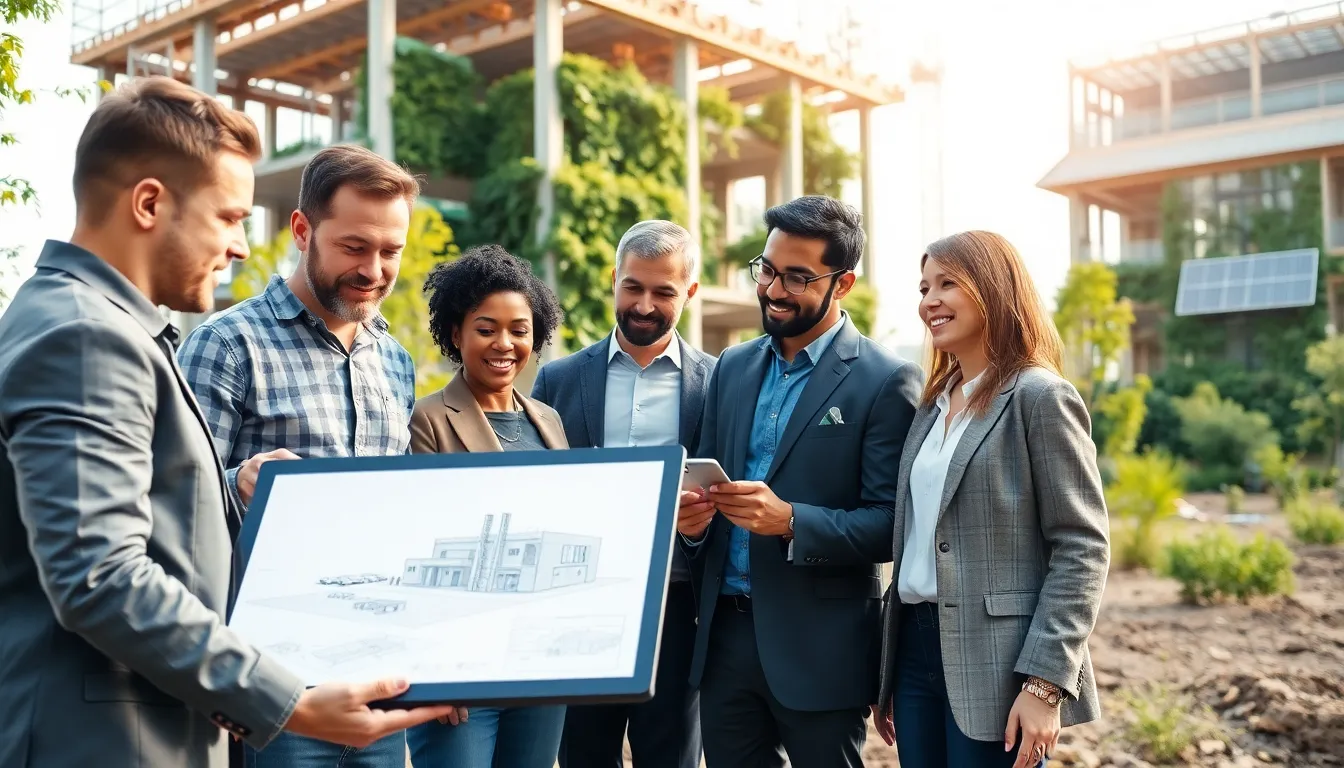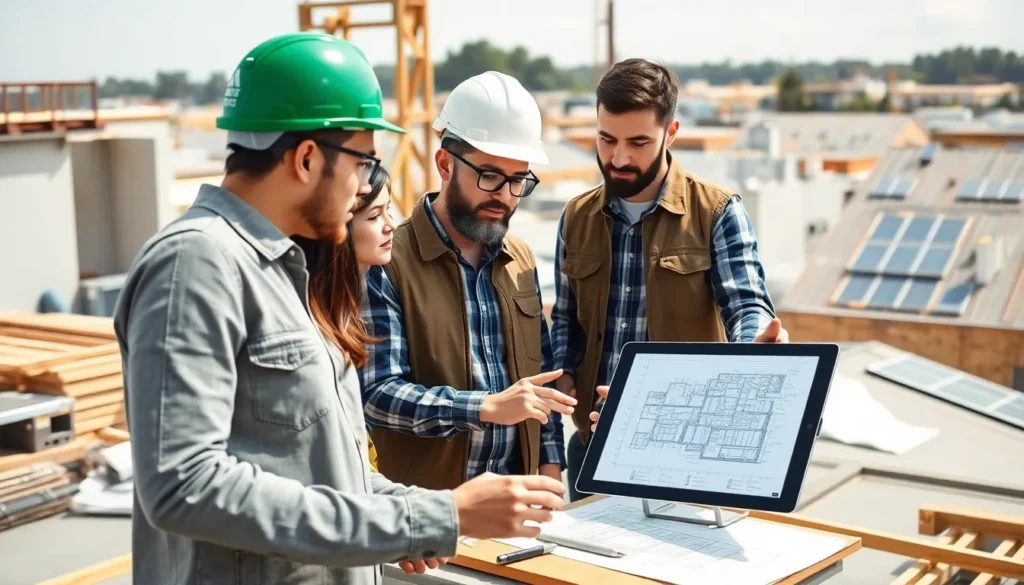In an era where climate change headlines are as common as cat memes, the construction industry has started to dig itself out of the rubble by embracing sustainable construction technology. Not so long ago, the thought of eco-friendly building methods sounded like something only a tree-hugging architect would dream up. But today, it’s not just a trend: it’s a necessity. From reducing carbon footprints to minimizing resource waste, sustainable construction technology is reshaping the way we think about building and maintaining our habitats. Let’s explore the foundations of this revolutionary approach and how it’s paving the way for a sustainable tomorrow.
Table of Contents
ToggleWhat Is Sustainable Construction Technology?

Sustainable construction technology refers to innovative methods and materials designed to minimize environmental impact throughout a building’s lifecycle. This approach covers everything from the extraction of raw materials to the construction process, operation, and even eventual demolition or recycling. By integrating sustainability into construction, we don’t just build homes: we create spaces that harmonize with nature. Imagine structures crafted from renewable resources, powered by renewable energy, and designed to have a minimal ecological footprint. This is the essence of sustainable construction technology.
Importance of Sustainable Construction Practices
The importance of sustainable construction practices cannot be overstated. As urban areas rapidly expand and global populations grow, our demand for energy and resources intensifies. Traditional construction contributes significantly to waste, pollution, and depletion of natural resources. In contrast, sustainable practices advocate for smarter use of materials, reduction of emissions, and the conservation of water. Beyond environmental benefits, these practices can also lead to economic advantages. Buildings that adopt sustainable technologies not only experience lower operational costs through energy efficiency but also command higher property values and attract environmentally-conscious tenants.
Also, sustainability fosters public health. By utilizing non-toxic materials and enhancing indoor air quality, sustainable buildings contribute to the well-being of their occupants. So, when it comes to the importance of sustainable construction, we’re looking at a multi-faceted approach that benefits our planet and our pocketbooks.
Key Technologies in Sustainable Construction
Renewable Materials and Resources
When discussing sustainable construction technology, renewable materials take center stage. These materials are sourced from naturally replenishing resources, such as bamboo, recycled steel, or reclaimed wood. The use of renewable resources not only reduces the strain on non-renewable sources but also adds a unique charm to buildings. Imagine a living room adorned with reclaimed barn wood: it tells a story while being eco-friendly.
Energy Efficiency Technologies
Technology plays a vital role in improving energy efficiency. Smart buildings equipped with IoT sensors allow for real-time energy management. These sensors can adjust lighting or heating based on occupancy, drastically cutting down energy consumption. Also, innovations like passive solar design optimize natural light, reducing the need for artificial lighting and thereby conserving energy.
Water Conservation Innovations
Water scarcity remains a pressing global issue, and sustainable construction addresses this challenge head-on. Technologies such as rainwater harvesting systems and gray water recycling not only reduce water waste but also promote responsible water use. These innovations make it possible for buildings to reuse water for irrigation or toilet flushing, thereby minimizing strain on freshwater resources.
Building Information Modeling (BIM) in Sustainability
Building Information Modeling (BIM) is transforming the landscape of sustainable construction through digital representation of physical and functional characteristics of a building. BIM facilitates efficient resource management by allowing architects and builders to visualize the entire construction process before any physical work begins. This technology means errors can be caught early, reducing waste and streamlining workflow. Besides, BIM enhances collaboration across teams and allows for better lifecycle analysis of buildings. By effectively anticipating needs and adjustments, BIM becomes an essential ally in the pursuit of sustainability.
Challenges and Barriers to Adoption
Even though its benefits, adopting sustainable construction technology comes with challenges. Higher initial costs can deter builders from investing in eco-friendly materials and technologies. A common misconception is that sustainability equals higher expenses. While this can be true in the short term, the long-term savings and benefits often outweigh the upfront costs. Also, a lack of trained professionals proficient in sustainable practices can lead to improper implementation. Stakeholders in the construction industry need to prioritize education and training to overcome these barriers.
Future Trends in Sustainable Construction Technology
Looking ahead, the future trends in sustainable construction technology are bright. Emerging technologies like 3D printing and modular construction promise increased efficiency and less material waste. As renewable energy sources become more accessible, integrating solar panels and wind turbines directly into building designs will likely become standard practice. Also, advancements in artificial intelligence can streamline design processes, ensuring buildings are optimized for sustainability from the ground up.
A shift toward circular economy models is also on the horizon. This approach focuses on materials and resources being reused and repurposed rather than discarded, challenging the traditional construction ethos of linear production.

